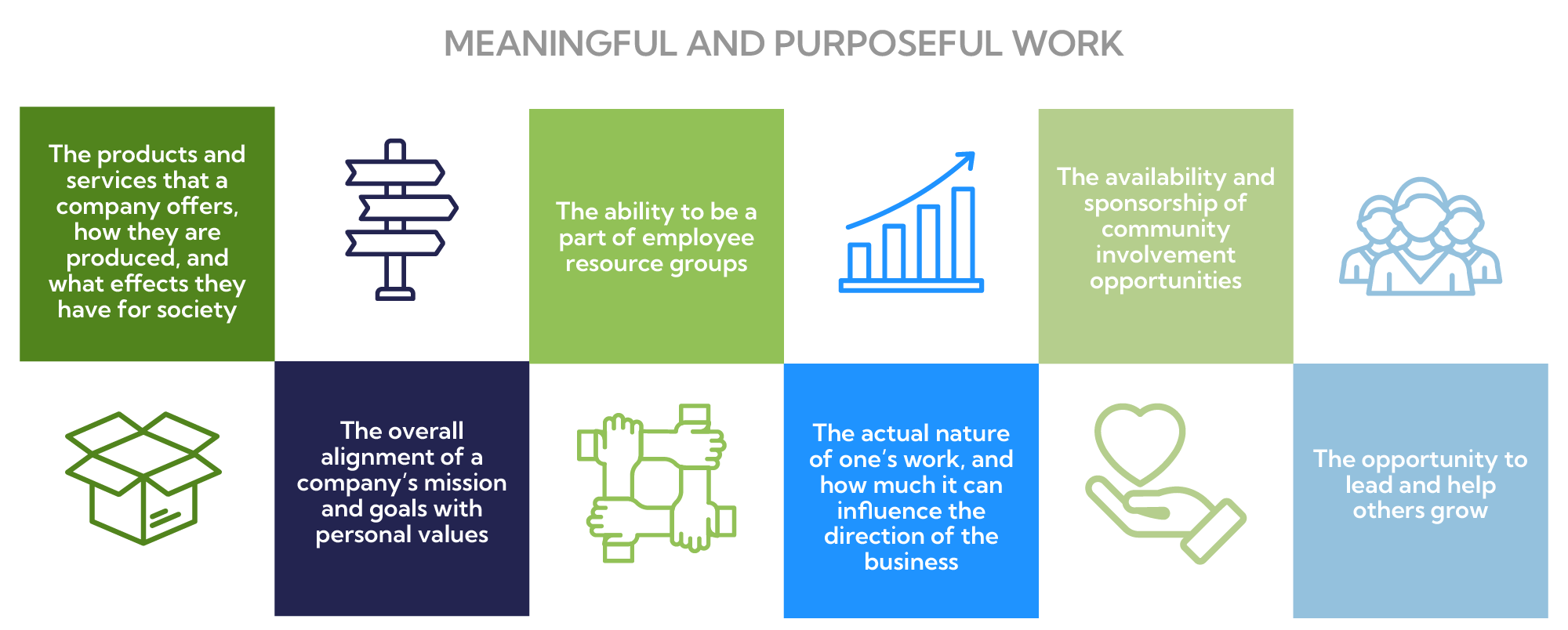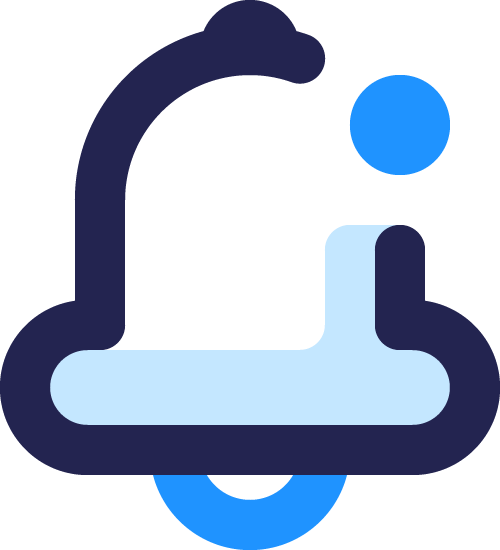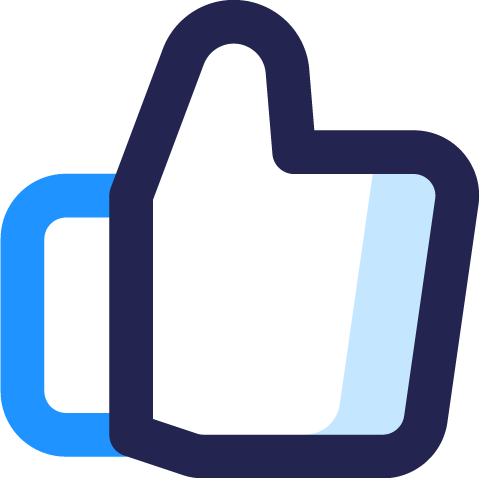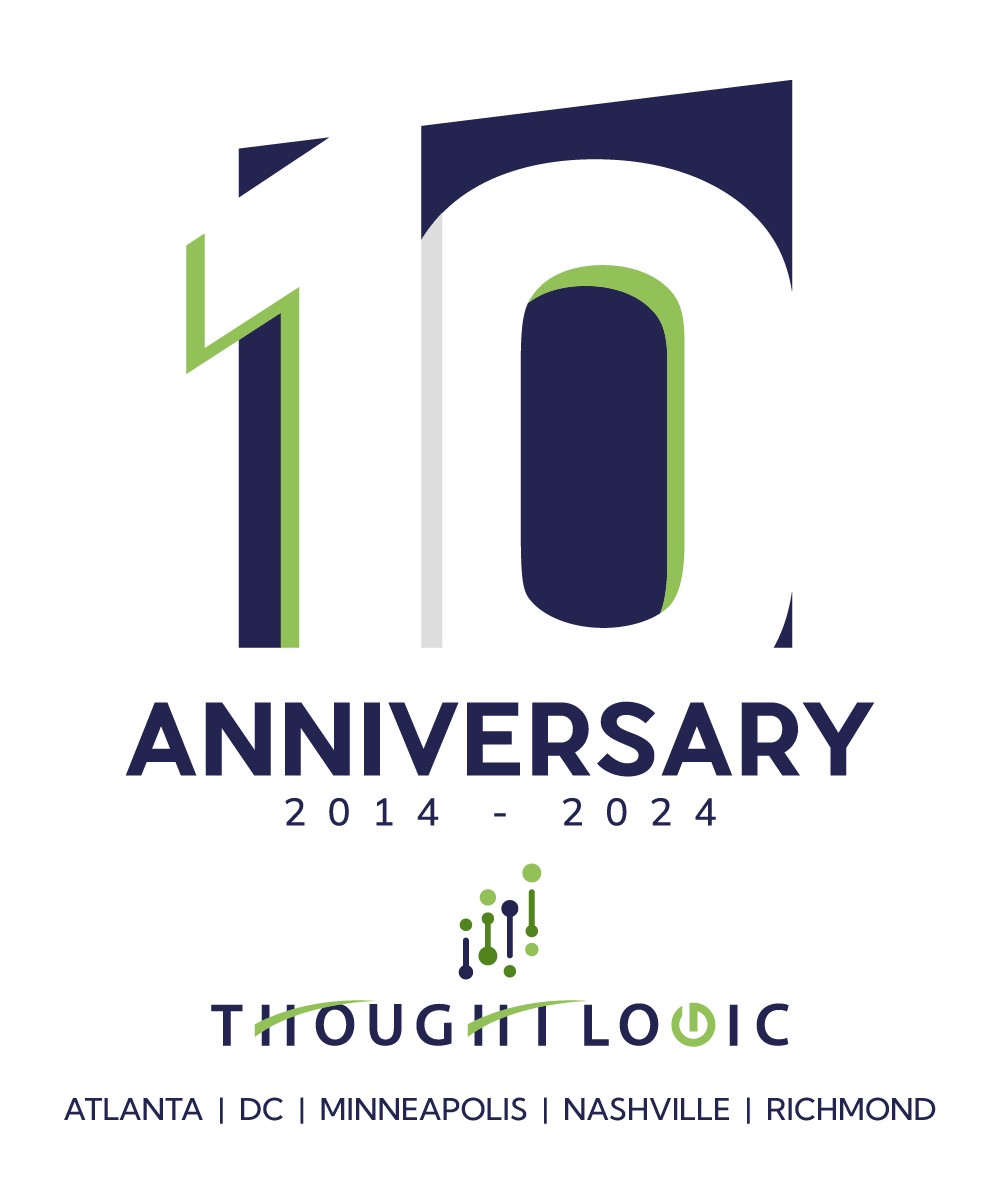More than Benefits: Crafting a Compelling Employee Value Proposition for the Modern Workplace
As the talent marketplace evolves, learn how leading companies are adapting their EVP strategies to meet the needs and preferences of a multigenerational workforce.
Previously, we highlighted the need to refresh the concept of Employee Value Proposition (EVP). By exploring the shifting dynamics in the human capital marketplace, we showed how a strong and updated EVP is crucial for attracting and retaining top talent.
As the employer-employee relationship evolves in a guardedly optimistic economy — with firms recalibrating their workforce and having reclaimed some leverage in 2023 — employees continue to re-assess their priorities. From the employer’s perspective, it is critical to remain nimble during still uncertain economic times in the short term while enabling long-term talent attraction, engagement, enablement, and retention, especially as in-demand skills of the future continue to evolve amidst further digitalization and automation.
Furthermore, we may have already seen the bottom of the employment market. According to Workday, 2024 hiring may begin to stabilize and gain momentum. This prediction aligns with a strong March jobs report, with gains concentrated across industries like healthcare, public sector, construction, and hospitality.
This article explores the intangible elements of EVP that are highly valued by employees, such as a positive culture and inspirational leadership, meaningful and purposeful work, opportunities for development and career growth, work-life balance, and flexible work arrangements. These dimensions provide significant differentiators in the talent marketplace, complementing tangible incentives like compensation and benefits.

I) Positive Culture and Inspirational Leadership
Open communication, collaboration, and mutual respect create a foundation where employees are motivated to contribute their best towards a larger team goal. This type of environment recognizes the worth of every employee, regardless of their position within the company. For example, in a 2016 New York Times interview, Charles Schwab’s Co-Chairman and CEO, Walt Bettinger, recounted a college lesson: his final exam in a business strategy course was simply to know the custodian’s name, Dottie. Bettinger failed the test but gained a valuable lesson in mutual respect and caring about people regardless of title.
Achieving such a culture is challenging. A recent survey reveals that only 25% of respondents believe their leaders engage, inspire, and passionately drive employees to excel. In fact, 34% attribute their departure from a job to a lack of inspiring leadership. Post-pandemic feedback from our clients, including human capital leaders, echoes this pain point. This underscores the urgent need for leaders who not only embody the company’s values, but also inspire their teams through authentic engagement and a clear, compelling vision for the future that ties team members’ contributions to overall team, business unit, and enterprise goals.
Microsoft Chief People Officer Kathleen Hogan, an inspirational leader, offers this insight: “You can’t freeze and unfreeze culture on demand — it’s earned every day, and not just in one way, but through people processes, commitments, manager accountability, whom you recruit, and whom you reward”. This is a powerful reminder of the continuous effort required to cultivate a differentiated culture. It is about building a workplace where every interaction and process, from recruitment, to reward systems, to talent management and retention, reflects and reinforces company values.
“You can’t freeze and unfreeze culture on demand — it’s earned every day.”
– Kathleen Hogan
Microsoft Chief People Officer
II) Meaningful and Purposeful Work
By 2030, Millennials and Gen-Z will comprise approximately 60% of the workforce, and the way employers approach the many dimensions of EVP – including purpose at work – must change. Impact, meaning, and purpose can be derived from many aspects, for example:

Companies that “make a positive impact in the world” and whose “mission makes me feel my job is important” have considerably higher employer NPS and retention, according to WeSpire’s 2023 State of Employee Engagement survey. This pursuit of purpose also extends to the entities that a firm serves or partners with. Within the consulting industry, author Andrew Winston shared that “partners at a major firm had to develop a policy for which kinds of projects and companies they’d work for, or they wouldn’t be able to hire the best people”.
Salesforce exemplifies this evolution by integrating key elements of purpose into its values, including trust, innovation, equality, and sustainability. As environmental and social sustainability are top of mind for the younger generations, Salesforce is committed to giving back via its 1-1-1 model (1% of the company’s equity, 1% of its product, and 1% of employees’ time back to the community), to pay equity, and to tying executive compensation to ESG goals.
III) Development and Career Growth
According to recent LinkedIn research, 70% of respondents said that learning improves their sense of connection to their organization. Revisiting the heights of the 2021 job market, a Pew Research survey found that 63% of people who left jobs that year cited a lack of advancement opportunities. Combine those two figures with the upward trajectory in the job market we may be entering, and upskilling becomes a critical enabler to keep your best talent.
As the skills of the future become apparent – accelerated by AI – leading companies are focusing on internal mobility and workforce development as strategies for talent retention and engagement. Cox Enterprises, a family-owned conglomerate with a focus in mobility, connectivity, and sustainability, established the Cox Gigs program to offer its workforce project-based opportunities to proactively upskill and manage its future workforce requirements. Participants, in turn, get to expand their network, learn new skills, become more marketable, and gain a broader understanding of the entire enterprise. Similarly, Thought Logic’s ‘Consultant Tour of Duty’ enables experiential learning as high-potential consultants shadow client engagements and gain insights into new industries, capabilities, and functional areas.
“The Tour of Duty was an incredible way to learn a new industry in a low-risk, high-touch, and practical setting. My mentors created a reasonable approach, given my other commitments. The benefits were broader than I expected, and I feel ready to deliver on similar projects, as well as better equipped to identify future opportunities. The initiative helps us to be more sympathetic to our colleagues’ and clients’ challenges, share knowledge, and show up as one Thought Logic.”
– Saila Balasubramanian
Thought Logic Managing Consultant
These initiatives facilitate personal and professional growth while encouraging a culture of intellectual curiosity and adaptability. They also provide an avenue to shift from tenure or education-based personnel decisions to skills-based planning, hiring, and promoting.
IV) Work-Life Balance
A 2023 Wall Street Journal article chronicled a shift in employees’ priorities, resulting in declining participation in after-hours work events. This symptom reflects lifestyle changes and a re-evaluation of professional networking versus the importance of personal time and well-being.
As personal and professional boundaries morph, a study by the Generation Lab revealed that while U.S. college students and recent graduates cherish the flexibility of remote work, they also recognize drawbacks like a diminished sense of community and fewer mentoring opportunities. Companies need to strike a delicate balance between offering flexibility and nurturing an engaging, supportive, and inclusive culture. Creative ideas to provide access to leaders, while observing shifting trends in societal behaviors – including the fact that Gen Z drinks less alcohol and is more concerned about mental health – can inform how employers engage younger talent.
With the World Health Organization reporting an estimated 12 billion working days lost annually to depression and anxiety, at a global cost of $1 trillion, the critical role of mental health in today’s workforce cannot be overstated. Companies that offer comprehensive and innovative benefits to address these issues can strengthen their EVP. Hilton offers compelling examples, including its Thrive at Hilton and Care for All initiatives for mental health and caregiving relief. These efforts contribute to a healthier organization with increased productivity and reduced long-term workforce costs, while serving as talent magnets.
V) Flexible Work Arrangements
The desire for flexibility is not abating, as 4 out of 5 employees still want hybrid alternatives. The form of these options is evolving over time, as companies experiment with the location and timing of how work gets done in many different – and sometimes clever – ways. One example is ‘work from anywhere’ weeks or days, which have been adopted by companies like American Express, NCR Voyix, and Freddie Mac.
A recent New York Times Daily podcast episode revealed that the absence of clarity in the arrangement can stress not just management but also workers given a lack of structured predictability from day to day, week to week, or month to month. Intentionality about what is acceptable in a flexible environment can reduce friction and increase performance. After multiple years of remote, hybrid, and other trials, data is now available to help aid decision-making for creating working norms.
Additionally, our colleague Rob Gee shared findings related to the employer’s perspective and motivations driving the most recent Return to Office (RTO) practices. These insights could help further shape an optimal flexible strategy that makes sense for your own teams, business units, and organizations.
In Summary

These components of EVP have synergistic effects on each other. A well-implemented work-life balance structure supports successful flexible arrangements, which in turn foster intentional connection. Such environments empower employees to pursue their professional aspirations while maintaining personal well-being, thereby enhancing their mission. Purposeful work is further amplified when employees see their efforts contributing to broader organizational goals, which is a direct reflection of inspirational leadership. This type of stewardship not only motivates but also creates pathways for development and growth opportunities, fostering a culture where employees are inspired to innovate. Together, these elements form a synergistic EVP that attracts talent driven by values, nurtures growth, and influences commitment towards the organizational vision.
With these factors in mind, ask yourself these questions about potential EVP blind spots:
- Does your EVP align with the desires of the talent you are trying to attract?
- Is your EVP differentiated within and outside your industry?
- Is your EVP optimized to find the right balance between talent acquisition and internal mobility?
- Does the talent marketplace view your EVP as favorably as you believe or intend it to be?
At Thought Logic, we can help you address these opportunities and questions. To start a conversation that can help elevate your EVP, please contact Maria Connor at mariac@thought-logic.com or Juan Sierra at juans@thought-logic.com.
Authors

About People + Change
Thought Logic’s People + Change smartSolution helps businesses reimagining the power of people to excel in an environment of continuous change.

Sign up to receive future Insights in your email box.
Never miss an update.









